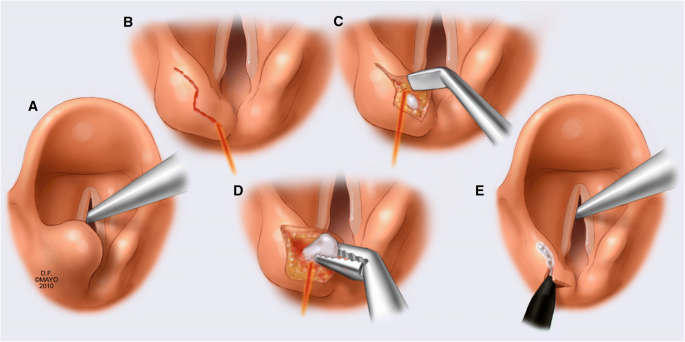Arytenoidectomy: Restoring Vocal Function and Relieving Airway Obstruction
Understanding the Benefits, Procedure, and Recovery of Arytenoidectomy
Introduction:
Arytenoidectomy is a surgical procedure performed to address vocal cord abnormalities and relieve airway obstructions. In this blog post, we will explore the benefits of arytenoidectomy, the procedure itself, and the recovery process. By understanding this intervention, individuals experiencing vocal cord issues and airway blockages can gain insights into potential solutions and improved quality of life.
What is Arytenoidectomy?
Definition:
Arytenoidectomy is a surgical procedure that involves the removal or reshaping of the arytenoid cartilage, which plays a vital role in vocal cord movement and airway function. This intervention is commonly used to address vocal cord paralysis, vocal cord tumors, and other conditions causing airway obstruction.
Purpose of the Procedure:
Arytenoidectomy aims to restore vocal function, improve voice quality, and relieve airway obstruction. By modifying or removing the affected arytenoid cartilage, the procedure allows for better vocal cord movement and unobstructed airflow.
Procedure:
Preoperative Evaluation:
Before arytenoidectomy, a thorough evaluation is conducted, which may include a detailed medical history, laryngoscopy, imaging tests, and voice analysis. The otolaryngologist discusses the procedure, potential risks, and expected outcomes with the patient.

Surgical Technique:
Arytenoidectomy is typically performed under general anesthesia to ensure patient comfort during the procedure. The surgeon accesses the larynx through the mouth or a small incision in the neck, depending on the specific case. The arytenoid cartilage is modified or partially removed, allowing for improved vocal cord movement and increased airway space. The surgical site is then carefully closed, and the patient is taken to the recovery area.
Benefits and Recovery Process:
Restoring Vocal Function:
Arytenoidectomy helps restore vocal function by addressing vocal cord abnormalities and improving the movement and tension of the vocal cords. It can lead to improved voice quality, increased vocal range, and reduced voice fatigue.
Relieving Airway Obstruction:
By removing or reshaping the arytenoid cartilage, arytenoidectomy helps relieve airway obstruction caused by vocal cord paralysis, tumors, or other conditions. It allows for better airflow and reduces the risk of respiratory difficulties and associated symptoms.
Recovery Process:
The recovery process after arytenoidectomy varies for each individual, but it generally involves a short hospital stay and postoperative care instructions. Voice rest and speech therapy may be recommended to promote healing and optimize vocal function. Follow-up appointments with the otolaryngologist are scheduled to monitor progress and address any concerns.
Conclusion:
Arytenoidectomy is a surgical procedure that offers significant benefits in restoring vocal function and relieving airway obstruction. By addressing vocal cord abnormalities and modifying the arytenoid cartilage, individuals can experience improved voice quality and breathing.
We are associated with experienced and highly skilled medical professionals. We use the latest medical technology available in the world and we provide medical services in collaboration with JCI & NABH Certified hospitals only. Our services include various types of treatment and organ restructuring and transplant.
